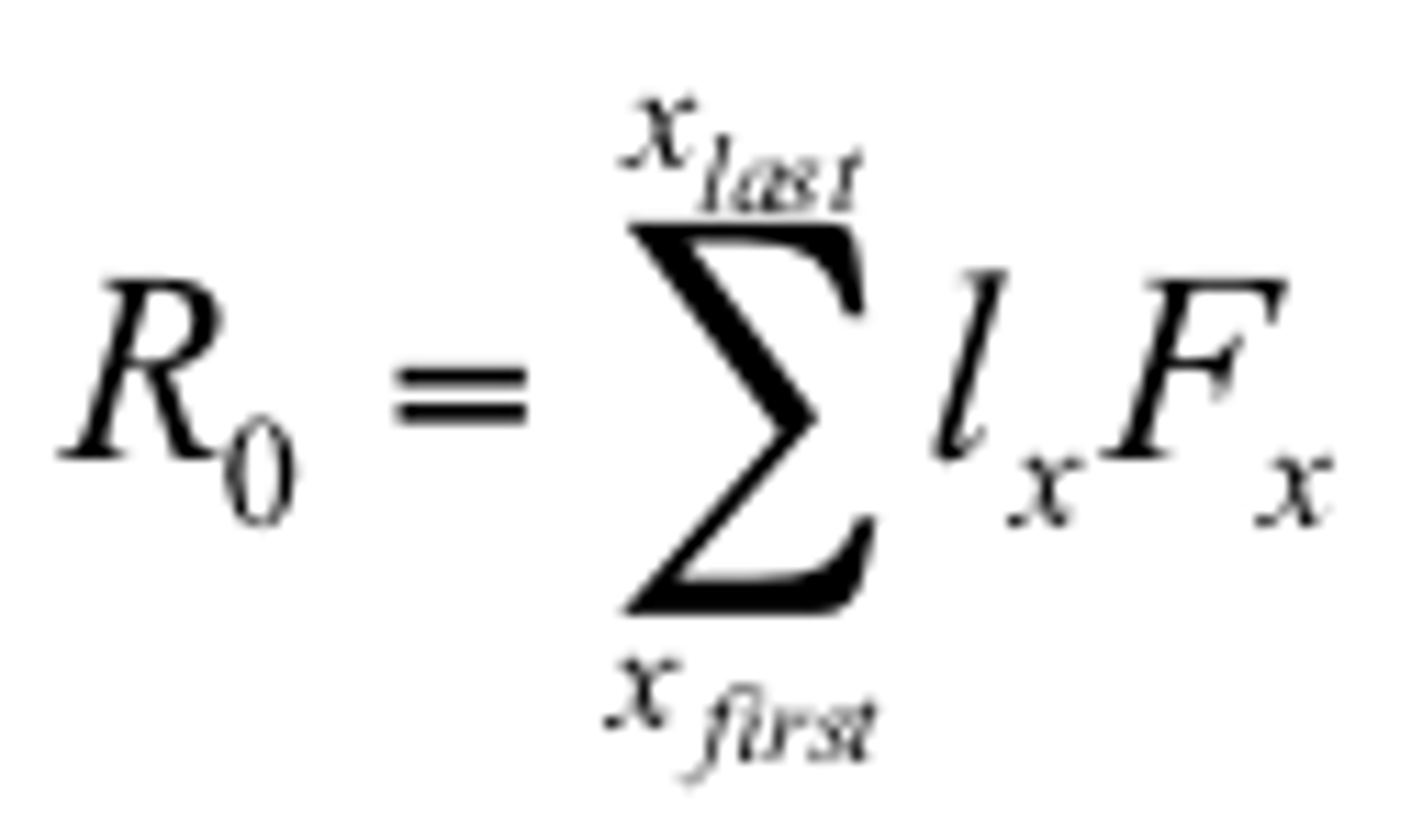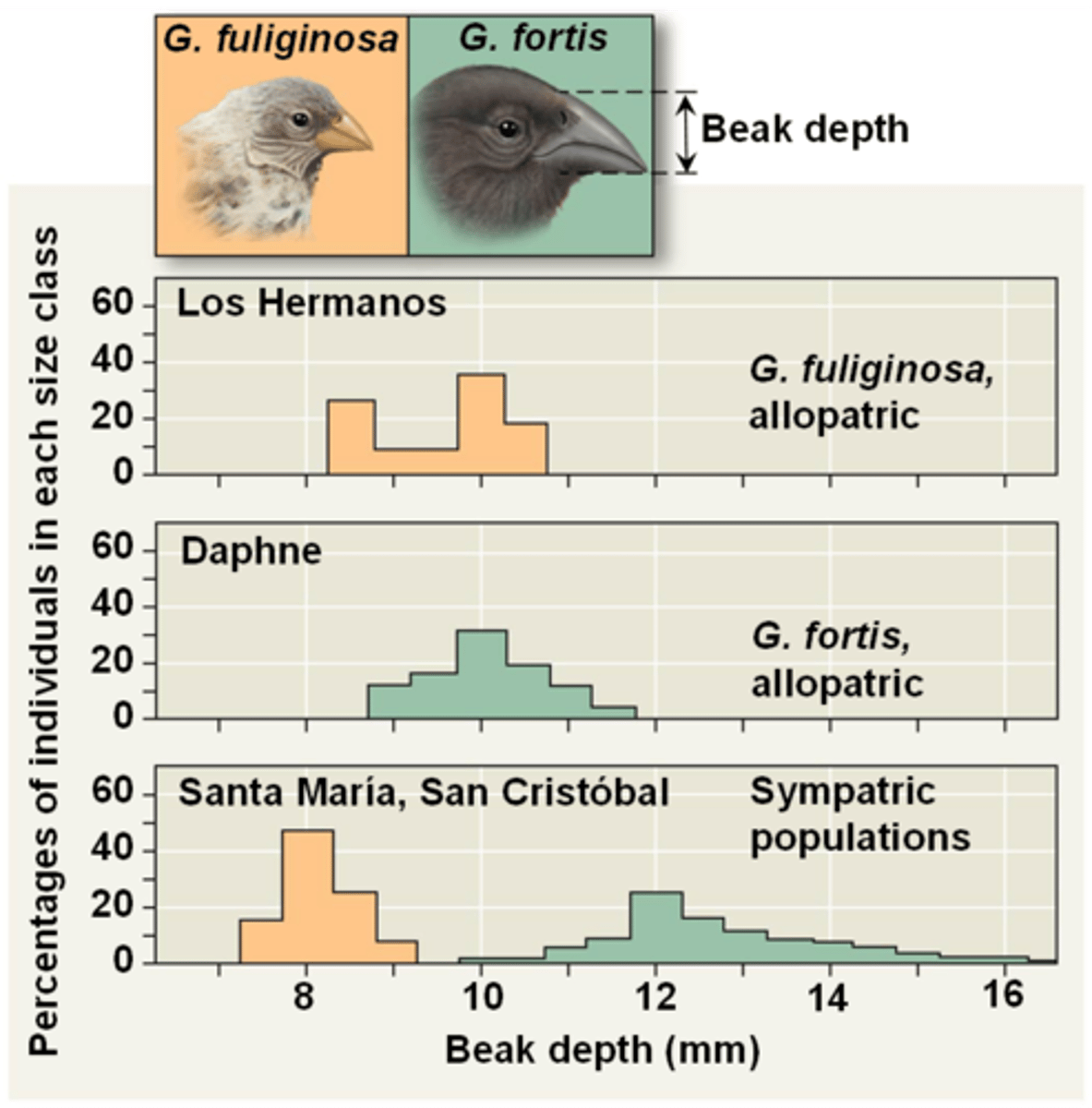BIO 111 population ecology
1/84
There's no tags or description
Looks like no tags are added yet.
Name | Mastery | Learn | Test | Matching | Spaced |
|---|
No study sessions yet.
85 Terms
what does population ecology focus on
groups of interbreeding individuals of one species
what is the main goal of population ecology
to understand factors affecting population growth, density, and size using demographic tools
what are quadrats and line transects used for
sessile non moving species like plants
what is a quadrat
-A quadrat is a square frame enclosing a known area. A quadrat can be used to sample plants or animals that don't move much.
what is a line transect
Marking a line along the ground between two poles and taking samples at specified points
what are tools used to study mobile species
traps like pitfall traps, mist nets, and live traps
what method is used to avoid counting the same individual more than once
mark-recapture method
what is necessary to fully understand population size changes
studying species interactions
how are animals marked in the mark recapture method
with a tag or other system so they can be recognized when recaptured
formula for total population size N
(number marked in first catch X total number in second catch) / number of marked recaptures in second catch
what assumption does the mark recapture method make about the population
that there is no migration, no births, or deaths between samplings
what does trap happy or trap shy mean
more or less likely to be attracted to traps
what are less invasive sampling methods
◦Radio collars
◦Drone
◦Pelt records from trading stations
◦Catch per unit effort
◦Counting fecal pellets, singing individuals, or leaf damage
what are dispersion patterns
the way individuals are spaced within a habitat.
why is it important to consider dispersion patterns in ecology studies
Will affect where you trap and how accurate your data
examples:
- clumped(schools of fish)
- uniform (penguins)
- random (wildflowers)
what does demography study
Looks at several characteristics of a population to make predictions about how it may change
why is demography important for conservation biologist
Essential for conservation biologists planning how to manage endangered species
- also city planners and urban developers
what is survivorship
the chance an individual will live to a certain age
what is a type I survivorship curve
most individuals die in late life
what is type 2 survivorship curve
uniform rate of decline
What is a type 3 survivorship curve?
huge decline in young
what is semelparity
all offspring produced in a single event, then usually adults die
◦Salmon spawning
what is iteroparity
repeated reproduction at intervals throughout the life cycle, seasonal or continuous
Many vertebrates, perennial plants, us
what can population age structure help predict
future population size
what does current human population growth depend on
the birth rate from 15-30 years ago
why is the birth rate from 15-30 years ago important
because that's when todays child bearers were born
what do age structure diagrams show
the distribution of population across age groups
how is population growth calculated
by subtracting the number of deaths from the number of births per unit of time
what happens if the birth rate is greater than the death rate
the population is growing
what happens if the birth rate is less than the death rate
the population is shrinking
what does the net reproductive rate represent
the average number of offspring an individual is expected to produce over its lifetime
net reproductive rate

what are the two simple models for population growth
exponential growth and logistic growth
what is exponential growth
◦resources not limiting, prodigious growth, can happen after species reintroduction
what is logistic growth
resources are limiting, limits the amount of growth
what type of growth do populations with unlimited resources follow initially
exponential growth
what are examples of limiting factors that stop population growth
disease, predators, and limited resources
what is carrying capacity
The maximum stable population size of a species that an ecosystem can support
what are the two broad categories of limiting factors
density dependent and density independent
what are density dependent factors
limitingfactors whose influenceis affected by population density.
◦Competition, disease, predators, parasites
what are density independent factors
unrelatedto population density.
◦Weather, environmental disturbance
what are two life history strategies in population ecology
r and K selected species
are species strictly r or K selected
no, most species fall somewhere on a spectrum between the two
what are the characteristics of r selected species
•high rate of per capita population growth (r), but poor competitive ability
◦Grow quickly and reach reproductive age early
◦Examples: weeds, insects
what are the characteristics of k selected species
•stable populations adapted to exist at or near carrying capacity, K
◦Devote energy to growth and maintenance, eventually outcompete r selected
◦Examples: trees, elephants
◦Vulnerable in a human-dominated world
why is human population growth unique
Unlike nearly every natural population, humans have demonstrated exponential growth, especially over the last 250 years.
what are interspecific interactions
relationships between species in a community
how are interspecific interactions classified
whether they help, harm, or have no effect on the species involved
examples of interspecific interactions
◦Competition, predation, herbivory, symbiosis (parasitism, mutualism, and commensalism), and facilitation
◦Can be positive (+), negative (-), or no effect (0)
All of these have led to evolutionary adaptations in both sides of the relationship
what is intrAspecific competition
competition between members of the same species
ex:
- exploitation: each caterpillar chews as much leaf as it can
- interference: each caterpillar physically intimidates one another
what is intErspecific competition
competition between different species
ex:
- exploitation: aphids and caterpillars compete for common resources
- interference: beetle and caterpillar use physical intimidation
what did joseph connells 1983 review find
competition was present in 55% of 215 species studied
what happens when single pairs of species use the same resource
◦competition is almost always reported (90%)
Frequency of competition varies with the number of species involved
why do plants show a high degree of competition
they cant move and may use allelopathy (chemical inhibition of other plants)
why do marine organisms tend to compete more than terrestrial organisms
space (on rocks in intertidal zones) is very limited
what did Gause's study conclude about species and niche's
Species with the same requirements cannot live together in the same place with the same resources - they cannot occupy the same niche
what is the competitive exclusion principle
Complete competitors cannot coexist unless they occupy different niches
what is resource partitioning
◦Describes differentiation of a niche in space and time
how can species reduce competition besides resource partitioning
diverge morphologically to use different resources in character displacement
character displacement in galapagos finches

what are two main ways to classify types of predation
◦How lethal they are for the prey
◦Length of association between consumer and prey
do predator defenses always protect prey populations
predators still succeed in taking down prey and controlling populations
- never ending evolutionary arms race
what are the two main types of anti predator defenses in plants
physical defenses (rose thorns) and secondary metabolites (chemical compounds produced by plants such as alkaloids in tobacco)
how does ecology set the stage for evolution
creating selective pressures that drive the development of plant defenses over time
how do herbivores overcome plant chemical defenses
by detoxifying the compounds using two main pathways
what is oxidation in the context of plant resistance
◦catalysis of secondary metabolite to corresponding alcohol by mixed-function oxidases (M F Os)
Occurs in the liver of mammals and midgut of insects
what is conjugation
unites results of oxidation with another molecule to create inactive and readily excreted product
what is parasitism
a relationship where one organism feeds off another without usually killing it
what is the organism being fed on in the parasitism called
the host
how can parasites vary in their relationship with the host
•Feed on one species or many
•Live entirely within host or release infective juveniles out
•Be internal or external
do all parasites leave their host
no, some parasites remain attached to the host for most of their life
what is an example of a parasite with a complex life cycle involving multiple host
plasmodium; parasite that causes malaria
how can some parasites increase their chances of transmission
by altering the behavior of the host
ex:
-cordyceps fungi (takes over insect behavior)
-toxoplasmosis (can alter behavior in rodents and 60 million Americans)
what is mutualism
Close associations between species in which both species benefit
◦Pollination systems
what is commensalism
One member derives a benefit while the other is unaffected
◦Seed dispersal via hooks or barbs
•Epiphytes growing in trees do not harm the trees
•Cattle egrets benefit from cattle stirring up insects
what is resource based mutualism
Both species receive a benefit in the form of resources
Leaf-cutting ants that farm fungus
what is defensive mutualism
One species receives food or shelter for defense
Ants protect aphid, aphid secretes honeydew. Ants defend the tree and trim away competing plants
what is dispersive mutualism
Species receives food in return for transporting pollen or seeds
what factors are most important in affecting population size
bottom up or top down factors
what do bottom up factors emphasize
•Plant quality and abundance control herbivores and the predators that feed on them
what do top down factors emphasize
•Predators and parasites control herbivore or plant prey
•Trophic cascade -effects cascade down to all feeding levels of a system
what are the two lines of evidence that food limitation controls population size
•Thermodynamic properties of energy transfer
•Nitrogen-limitation hypothesis
what does the nitrogen limitation hypothesis state
Organisms select food in terms of nitrogen content
•Animal tissue generally contains 10 times the amount of nitrogen in plant tissue
•Increasing supply of nitrogen to plants increases herbivore population size, survivorship, growth and fecundity
what does top down control suggest and what do predators vs. herbivores control
Suggests that natural enemies influence population densities
•Predators control prey populations (herbivores)
•Herbivores control plant populations
what studies support top down control and what is an example in the U.S.
•Evidence from studies of top predator removal and addition
•Example: Wolf reintroductions in the United States